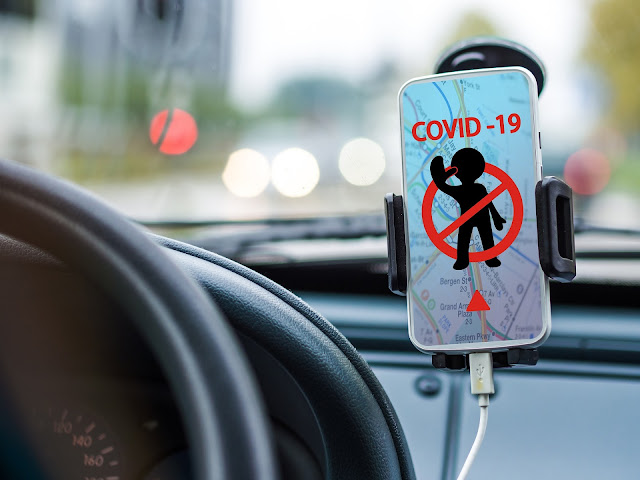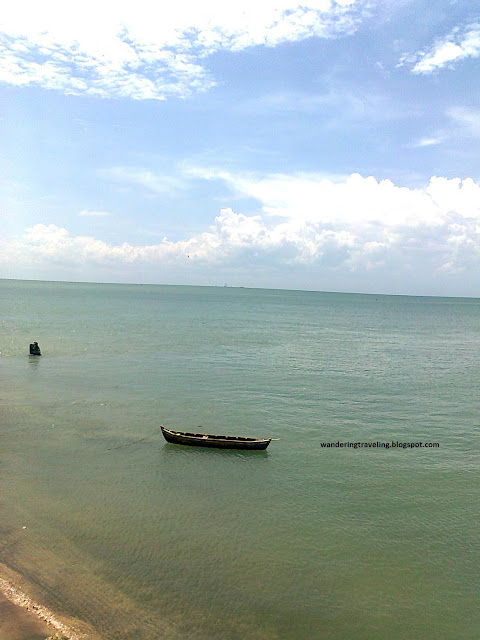COVID19 TRAVEL DILEMMA : 5 THINGS YOU NEED TO KNOW (INDIA PERSPECTIVE)
Coronavirus
is a human tragedy that no one could foresee. The pandemic has hit us hard and
made the whole world stop. India went into complete lockdown on 24th March 2020
for 21 days with the number of confirmed cases being approximately 500.
As I write this post the number of cases in India has reached to 31,67,323 with 7,04,348 as active cases.
Now, the country has already reached the unlocking
phase and we have started adapting to new normal. Many factors are still
changing at a very high rate. And this
creates a lot of curiosity and confusion.
We all
are facing this situation for the first time with a great amount of obscurity
about doing little things that used to be a routine task for us during normal
days. We feel deprived of the relevant piece of advice on many aspects related
to our daily life, one of those is traveling.
Many of us are finding it safer to be indoor and that would be a very apt thing to do.
But what if the need arises to travel?
I have
attempted to answer a few questions that will help you to navigate through the dilemma of traveling during the COVID19 crisis.
So let
us go ahead and explore what you need to know while traveling within India:-
1. How hotels are operating?
- Continuous cleaning of all touchpoints in public areas like door handles, elevator buttons, railings, etc. using sanitizer/ disinfectant.
- Use of sprayer with professionally identified chemicals to disinfect the hotel entrances, employee entrances, as well as various public areas.
- Masks and disposable gloves being worn by all staff members at all times and changed frequently.
- Sanitization of rooms after guests check out. To be kept vacant for 24 hours and then allocated.
- Reconfiguration of restaurants and seating in the lobby to ensure safe distances are maintained between guests.
- Temperature readings of non-resident and resident guests to be taken at least once a day.
2. How the way we fly has changed?
 |
| Image Source: india.com |
- Mandatory Aarogya Setu app during travel.
- Sanitization of passengers’ baggage by the airport authority before entry into the terminal building.
- Thermal screening of passengers before entering the terminal building.
- Mandatory use of face masks/screens by passengers as well as airport employees
- Enhanced security and airport employees at check-in counters to assist passengers in maintaining social distancing norms.
- Blockade of seats between individuals by using proper markers and tapes to ensure social distancing between people sitting at the airport terminals.
You can find here the government norms for airline operations.
3. How to get e-pass for interstate and intrastate travels?
4. Which destinations are open?
The norms of state governments keep changing based on the status of pandemic cases. States like Goa and Uttarakhand are allowing tourists, having COVID19 negative certificate (not less than 48 hours old, based on RT-PCR tests), to enter freely without forcing any quarantine norms.
Many states are still seeing a rise in cases and have declared more stringent norms for travel. There are no fixed rules and I would suggest checking with a local tour operator or visiting state government websites before making any plans to visit any destination.
Apart from this if you want to check which countries are allowing flights to operate, a map from IATA can be helpful in your search.
5. Where to get updated data on COVID counts?
If you want to have an idea of currently active or non -active COVID cases, this official website from the Government of India can help you to get the updated data.
There is also an interactive dashboard from John Hopkins University for getting a worldwide overview of pandemic cases. Another option would be Worldometers.
I would suggest reevaluating your travel options several times before making a final call. Make all your bookings in advance. Choosing quality over price would be a wise idea because top-end hotels and reliable transporters would be more likely to follow a high level of hygiene standards.




Comments